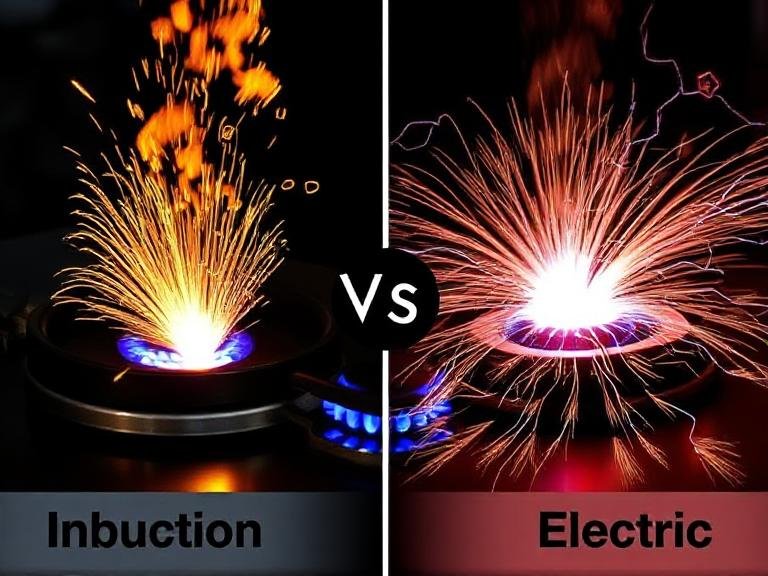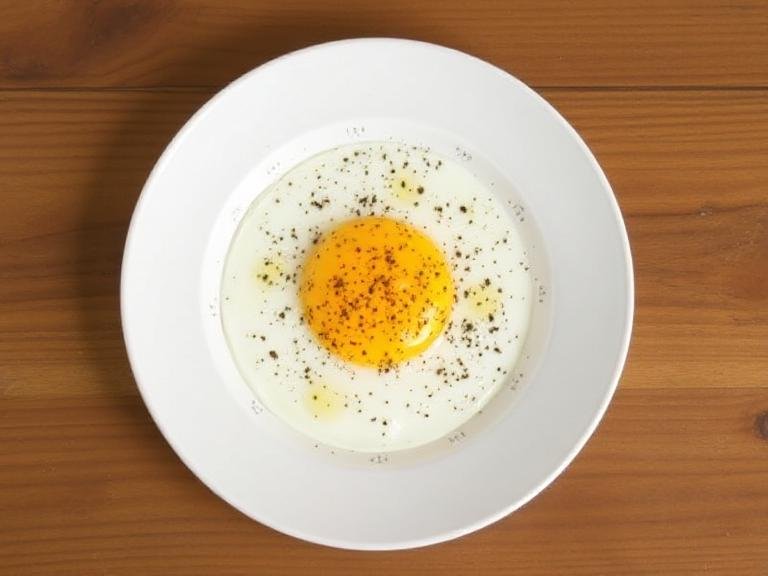
Induction vs Gas vs Electric: Which Cooktop Is Right for You?
Induction cooktops and ranges have moved from high-end kitchens to mainstream homes — and for good reason. They offer the precision of gas with the cleanliness and efficiency of electric, all while heating up faster and using less energy.
But despite their growing popularity, induction stoves aren’t perfect for everyone. The switch can come with a learning curve, new cookware costs, and even unexpected noises.
So, is induction cooking right for your kitchen? Let’s break down the real advantages and drawbacks — based on performance, safety, cost, and everyday usability.
How Does Induction Cooking Work?
Induction doesn’t heat the cooktop — it heats the pan itself.
Under the glass surface, a coil generates a magnetic field that interacts with magnetic cookware (like cast iron or certain stainless steel). This creates heat directly in the pot, not on the burner. The moment you remove the pan, the heat stops.
To the eye, an induction cooktop looks like a smooth electric range. But instead of glowing red coils or radiant zones, it stays cool to the touch — except where the pan has been.
Ovens in induction ranges work like standard electric ovens, often with added features like convection fans, self-cleaning modes, or even Wi-Fi connectivity for remote monitoring. Some high-end models even include in-oven cameras.
✅ The Pros of Induction Cooking
1. Faster Than Gas or Electric
No other cooking method heats up faster. Because induction skips the step of warming a burner first, water boils 2 to 4 minutes quicker than on gas or electric stoves.
This speed makes a real difference when you’re cooking under time pressure — like boiling pasta, searing meat, or heating soup for lunch.
2. Precise and Responsive
Turn up the heat, and the pan responds instantly — just like gas. Dial it down, and the temperature drops immediately, giving you excellent control.
This makes induction ideal for delicate tasks like melting chocolate, simmering sauces, or poaching eggs without scorching.
3. Safer by Design
Since the cooktop doesn’t generate heat on its own, you can’t burn yourself on an empty burner. If you turn on a zone without a pan, nothing happens.
Even after cooking, the surface cools quickly — it only feels warm from residual heat, like a countertop under a hot pot. That makes it safer around kids and reduces the risk of accidental burns.
4. Energy Efficient and Eco-Friendly
Induction is up to 10% more efficient than traditional electric stoves and about three times more efficient than gas. Less energy is wasted as ambient heat.
Plus, unlike gas stoves, induction doesn’t produce indoor pollutants like nitrogen dioxide or carbon monoxide — making it better for indoor air quality and healthier for people with asthma or allergies.
5. Easy to Clean
The flat, smooth surface wipes clean with a damp cloth. Spills don’t bake on because the surface never gets as hot as a traditional electric range.
No more scrubbing hardened sauce or grease — just a quick wipe, and you’re done.
❌ The Cons of Induction Cooking
1. You Need Compatible Cookware
Not all pots and pans work. Induction requires magnetic materials — so cast iron and some stainless steel are great, but aluminum, copper, and glass won’t work unless they have a magnetic base.
To test your current cookware: hold a magnet to the bottom. If it sticks strongly, it should work.
If you don’t have compatible pots, you’ll need to invest in new ones — which can add hundreds of dollars to your upgrade.
2. It Feels Different Than Gas
Many home cooks love the visual feedback of a gas flame — watching it rise and fall with the knob. Induction doesn’t offer that.
The burner doesn’t glow, so you won’t always know it’s on. That’s why newer models add LED rings or “virtual flames” to mimic the look of fire.
Some people miss the tactile feel of gas and find induction too quiet or “digital.”
3. It Can Make Noise
It’s not uncommon to hear:
- A low hum or buzz, especially at high power
- A clicking sound as the electronics cycle on and off
- A fan running to cool internal components
The noise usually comes from vibrations between the pan and the cooktop. Using heavy, flat-bottomed pots can reduce it.
4. Digital Thermometers May Not Work
The magnetic field can interfere with digital meat thermometers, especially those with wireless probes. If you rely on one, you might need to switch to an analog thermometer or remove the probe before finishing cooking.
5. Higher Upfront Cost
Induction ranges and cooktops are generally more expensive than standard electric models — though prices have dropped in recent years.
If you’re switching from gas, there’s also the cost of installing a 240-volt electrical outlet, which can add $300–$800 depending on your home’s wiring.
But here’s a silver lining:
Under the Inflation Reduction Act, you may qualify for rebates or tax credits when purchasing a new induction appliance — helping offset the initial cost.
Who Should Consider Induction?
Induction is ideal if you:
- Want faster, more efficient cooking
- Value safety and easy cleanup
- Are upgrading your kitchen with electric appliances
- Want to reduce your carbon footprint
It’s especially great for busy families, small kitchens, or anyone who cooks frequently and wants better control.
Who Might Want to Stick With Gas or Electric?
Consider staying with gas or conventional electric if:
- You love the feel and look of open flames
- Your cookware isn’t induction-compatible and you don’t want to replace it
- You’re on a tight budget and can’t afford the upgrade or electrical work
- You’re sensitive to appliance noises or digital interfaces
Gas still has loyal fans — especially among professional chefs — and modern electric ranges have improved significantly in performance.
Final Verdict: Is Induction Worth It?
Yes — for most people, the benefits outweigh the drawbacks.
Induction cooking is faster, safer, cleaner, and more efficient than gas or traditional electric. While the switch requires some adjustments, the performance is hard to beat.
And with falling prices and government incentives, now may be the best time to make the leap — especially if you’re remodeling or replacing an old stove.
Just remember to: ✔️ Check your cookware compatibility
✔️ Budget for possible electrical upgrades
✔️ Test the noise level in person if you’re sensitive
Once you get used to the speed and control, you might wonder why you didn’t switch sooner.





